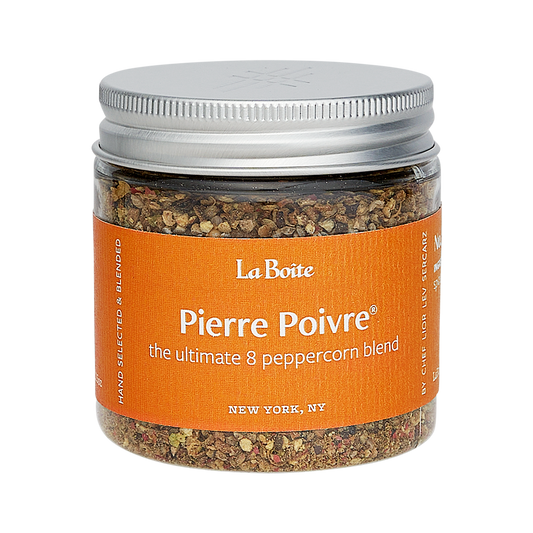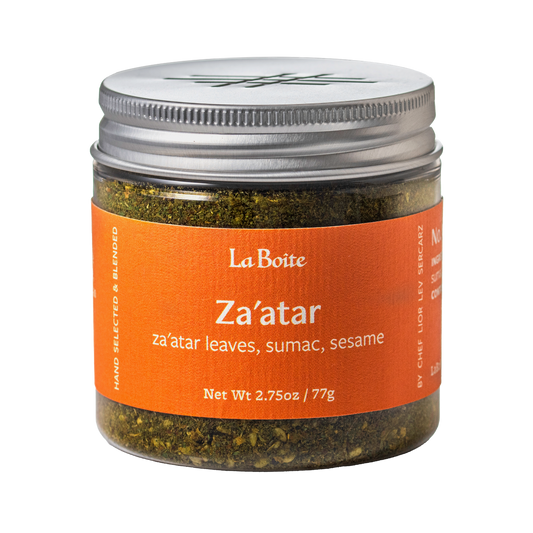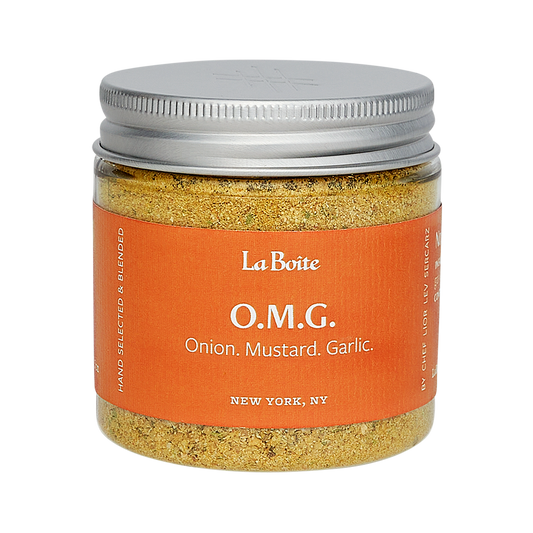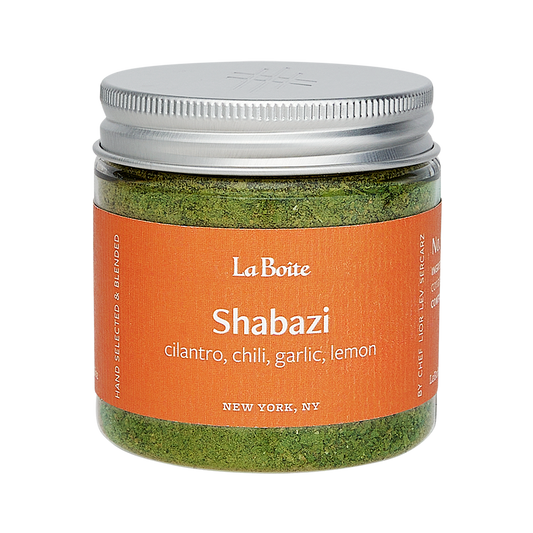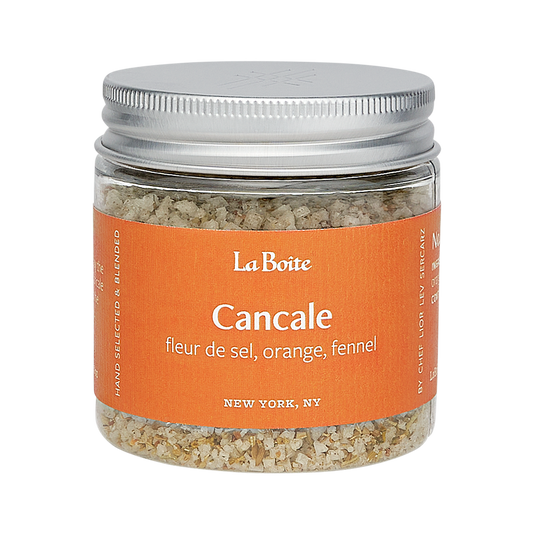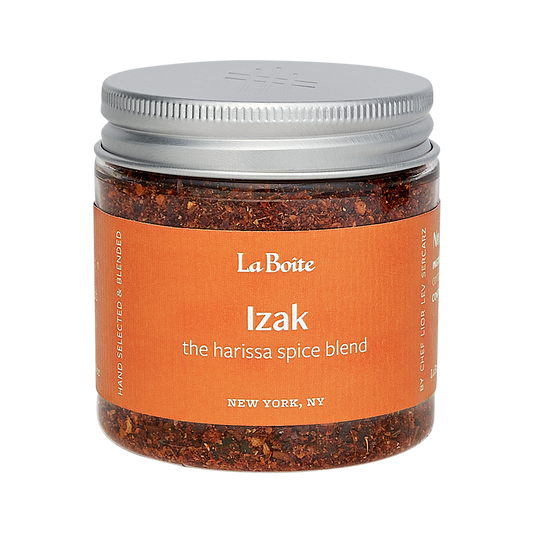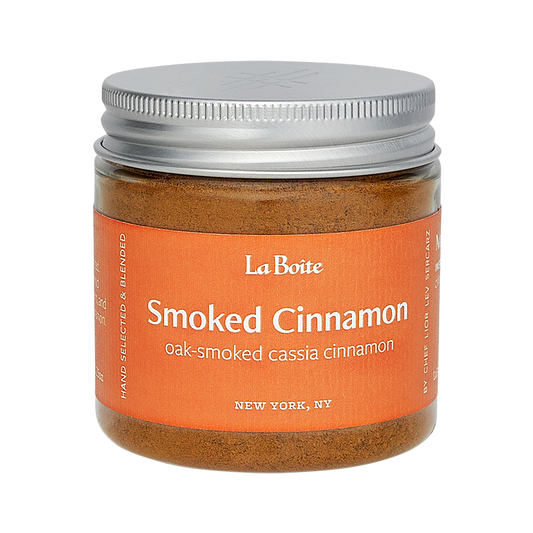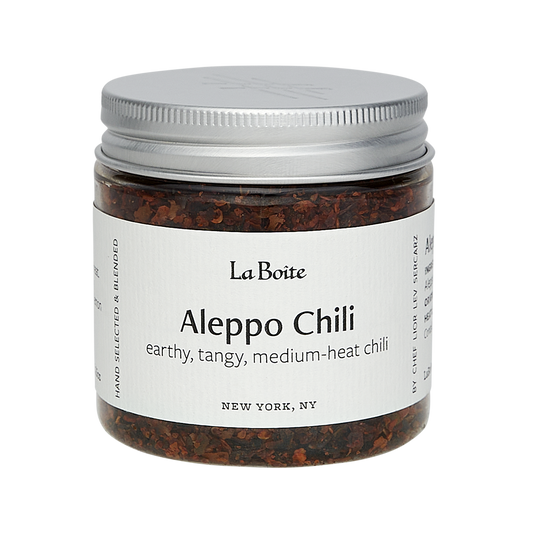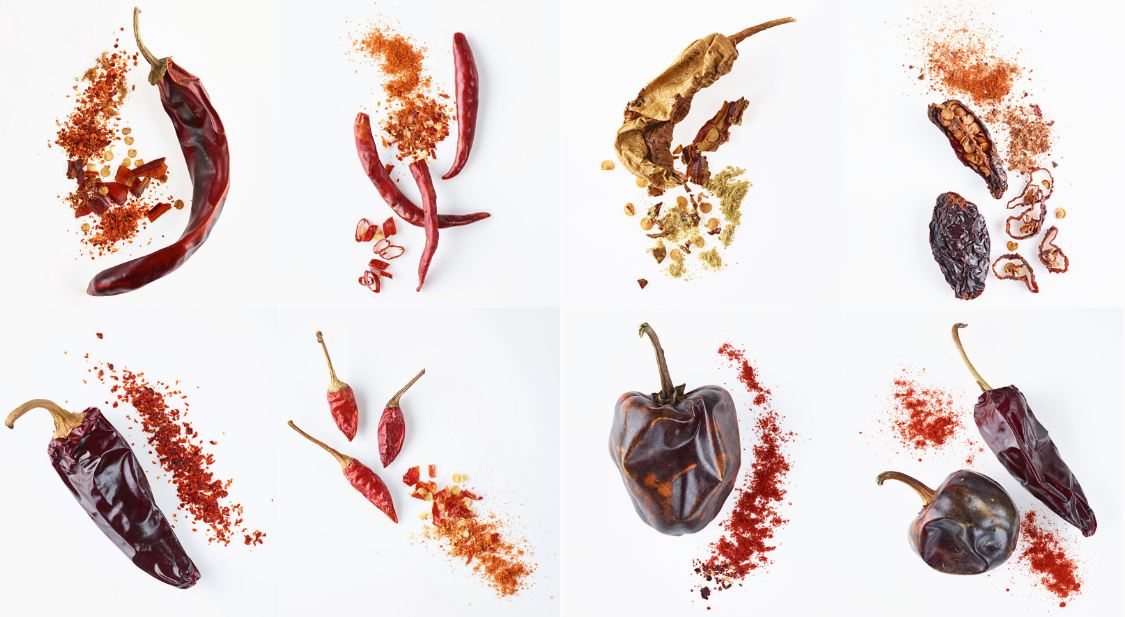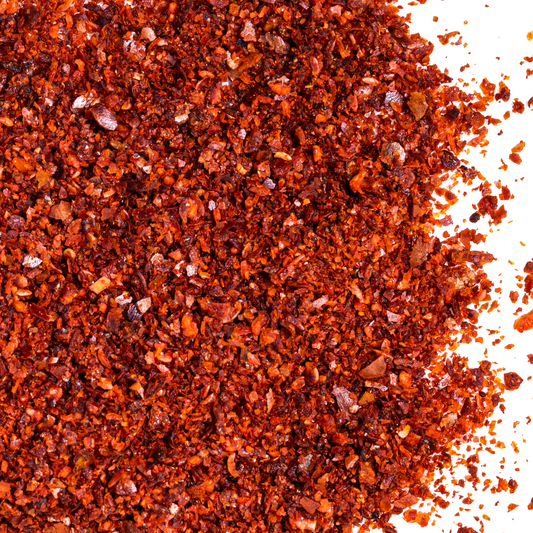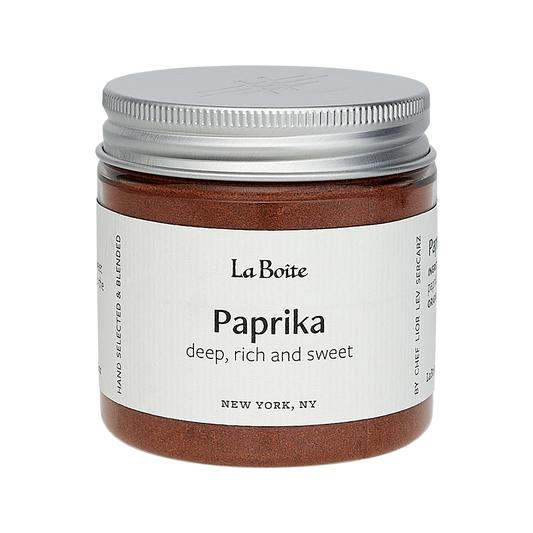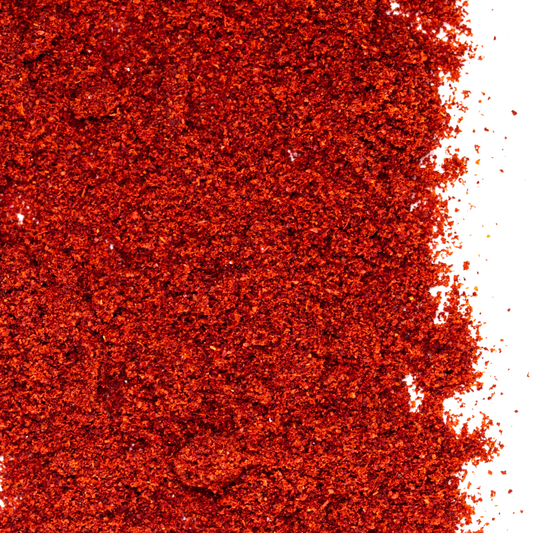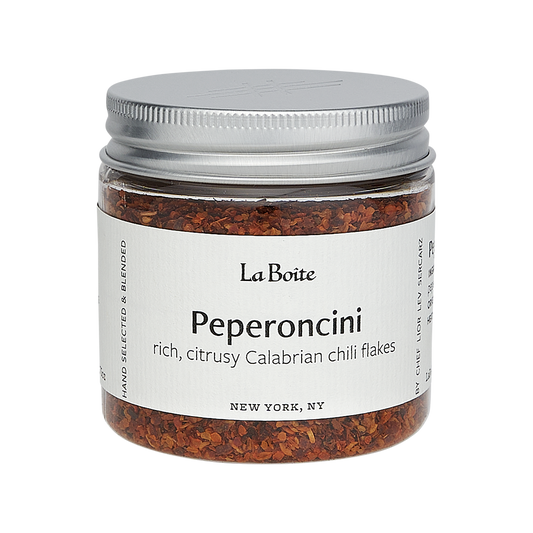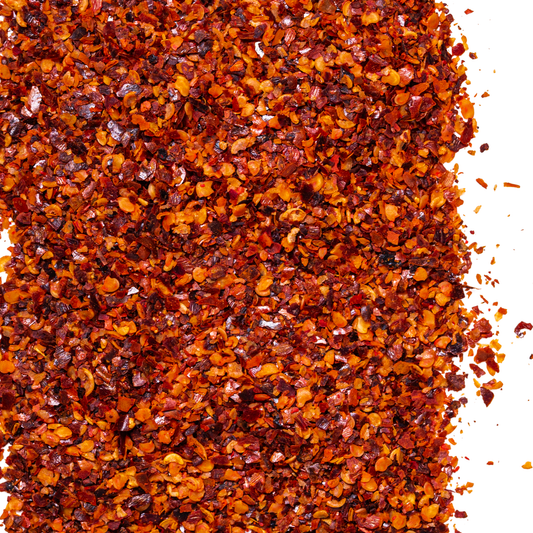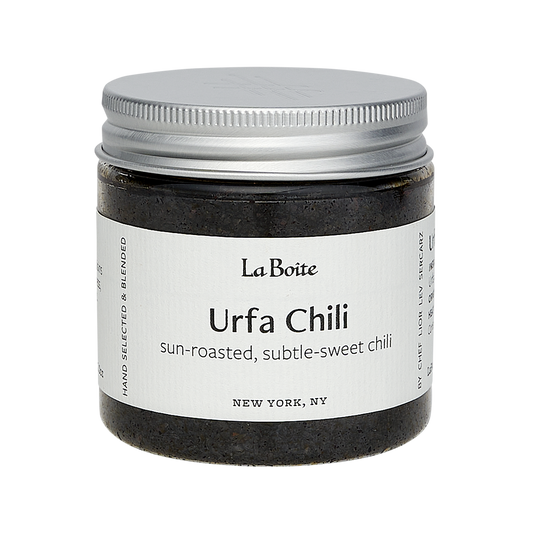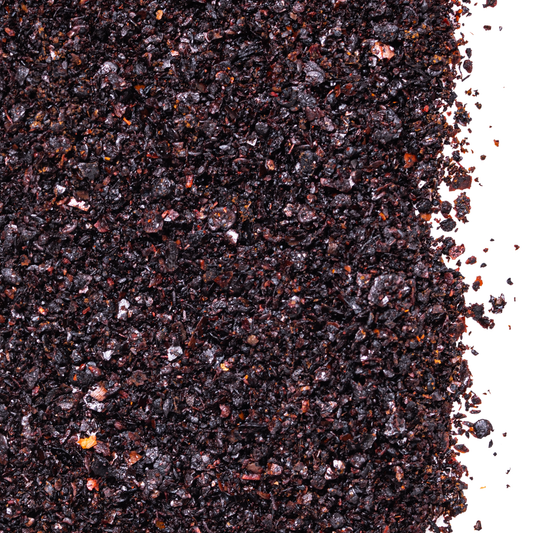Chilies are an important ingredient in almost every cuisine from around the world. The word chili is often associated with hot food, but it's important to note that the heat in chilies ranges widely.
The Scoville Scale is used to measure how hot certain foods are. For instance, bell peppers are at the bottom of the scale, with 0 Scoville Heat units and the Carolina Reaper is at the top with 2,200,000 SHU.
Dried chilies are also hotter than their fresh counterparts. This is because there is less water content in dried chilies, making the flavor more concentrated.
While a lot of chilies have some level of heat to them, not all of them are hot. And, even so, chilies have a lot of complex flavor profiles other than just being hot. You can taste sweetness, fruitiness, and acidity in a lot of chilies.
It's also important to note the difference between spicy and hot. Spicy means foods that are flavored and seasoned with a multitude of spices. Hot is used to describe a food that has a burning sensation when eaten. The words are often used interchangeably, but they have very different meanings.

Types of Chilies
There are a wide variety of chilies found all over the globe. Here are some of our favorites:
PAPRIKA
Origin: Spain
Paprika ranges in flavor and color. Go for the paprika with a sweet scent and deep flavor over paprika that is more colorful. Paprika is in powdered form, making it great for seasoning meats before cooking or adding to fry flour.
CAYENNE
Origin: Cultivated in many parts of the world
A medium- to high-heat chili with sweet and sour notes and a great orangey color. Common in many cuisines from around the world. Cayenne typically comes in powdered form. Add it to soups and stews for an extra kick and color or in marinades for grilled meats.
PEPPERONCINI
Origin: Calabria, Italy
Mild with sweet and sour notes. They are an integral part of Italian cuisine. Here, quality matters. Standard pepperoncini flakes are filled with seeds and only provide heat to a dish. High quality pepperoncini flakes are bright orange and red and offer far more than just heat to a dish. Sprinkle on top of pizza or avocado toast.
CHIPOLTE
Origin: Mexico and Central America
Dried, smoked jalapeños with medium heat that are great for giving vegetarian dishes a meaty flavor. You can buy them in powdered form or in a can at the grocery store. Great for adding complex flavors to meats, seafood, and stews. You can blend the whole chilies from a can into dressings for heat and smoky flavor.
URFA
Origin: Urfa, Turkey
This flaked chili has a deep purple-brown color and an addicting smoky scent with sweet chocolatey notes. Once you add it to your repertoire it'll become an essential. It's great in chili oil, for seasoning veggies before roasting, or even adding to desserts.
BIRD'S EYE
Origin: Southeast Asia
These little chilies pack a major punch. Probably the hottest chili on this list, bird's eye adds tremendous flavor to dishes with just one chili. Because of their small size, they come dried whole. Use them in Southeast Asian style coconut curries or in ceviches, as they pair well with fresh flavors.
ALEPPO
Origin: Aleppo, Syria
Hot chili flakes with citrusy and sun dried tomato notes. A great example of how chilies offer much more complex flavors than just heat. You'll find these flakes sweet and acidic too. Perfect for adding to grilled meat marinates or pasta dishes for extra heat.
